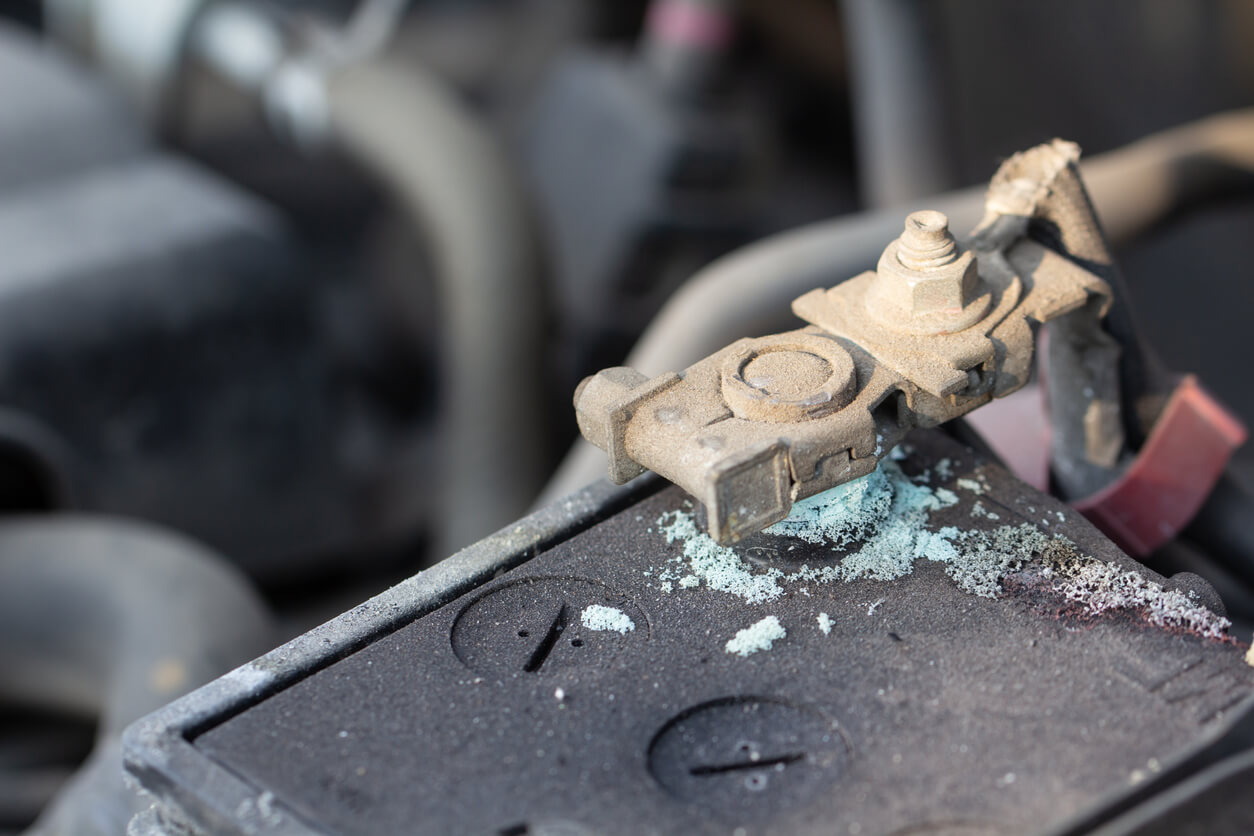Replacing your Battery - We Will Help You!
Your battery is a vital component of your vehicle; so when it needs replacing, it’s important you get it right. After all, your vehicle wouldn’t function without it, as it is the battery that provides starting power for the engine.
Read our guide below to learn more about replacing your battery.
Knowing your Battery Inside Out
That small little box that is your vehicle’s battery supplies power to your vehicle’s electrical components along with accessories like the lights, fans, and radio. It provides the power required to start your vehicle, in addition to stabilising the voltage (the energy supply) to keep your engine running smoothly. Each time you turn the key to start the engine, the battery performs the above actions. Without this powerful little box, your vehicle simply couldn’t start.
Vehicle Battery Failure
On average, a vehicle battery will last 3 to 5 years, but exposure to extreme elements and certain driving habits can shorten its life. In fact, battery failure is one of the leading causes of engine failure. Pay close attention to the following signs to avoid battery failure:
- Leaving the lights on
- Charge rates
- Excessive vibration
- High loads
- Electrical system faults
- Loose or dirty terminals
- Stop/start driving
- Sulphation
- Extremes of weather (Cold/Hot weather)
- Battery reaching its expiry date (check its date)
Replacing your Battery Step by Step
For a hassle-free and easy battery replacement just follow our step by step guide below. Before you start, please have the following equipment on hand:
- A pair of protective gloves
- Spanner
- Post cleaner tool
- Your new battery
Step 1- Disconnect Battery
Park your vehicle on level ground and put the parking brake on and the gear in first for a manual vehicle, or park for an automatic vehicle. Turn the key to off and then remove. Wearing gloves, remove the negative terminal first and then remove the positive terminal. Tie the cables back if required.
Step 2- Remove Battery Restraints
Remove the battery restraints or other components holding it down. Remove the battery from the tray but make sure you hold it upright at all times.
Step 3 – Inspect and Clean Terminals
Check battery cables for any damage or corrosion. Clean the insides of each terminal with the battery terminal and post cleaner. Wipe them clean. Coat the terminals with anti-corrosion terminal grease to prevent corrosive deposits forming.
Step 4- Install New Battery
Keeping it upright at all times, place your new battery onto the tray. Check that the positive and negative terminals are on the correct side. Secure and replace the restraints.
Step 5 - Reconnect Battery Terminals
Reconnect the battery terminals - positive first, then negative and your good to go!
Don’t be Left Stranded with a Dead Battery
We hope by now that you have a better understanding as well as an appreciation of your vehicle’s battery. By following the above advice you shouldn’t be left stranded with a dead battery. The more you know about your battery, the better a driver you will become.
To find out more about replacing your battery contact Tyrepower.
























